American cities with the biggest population falls over the past 10 years
America's fastest-shrinking cities revealed
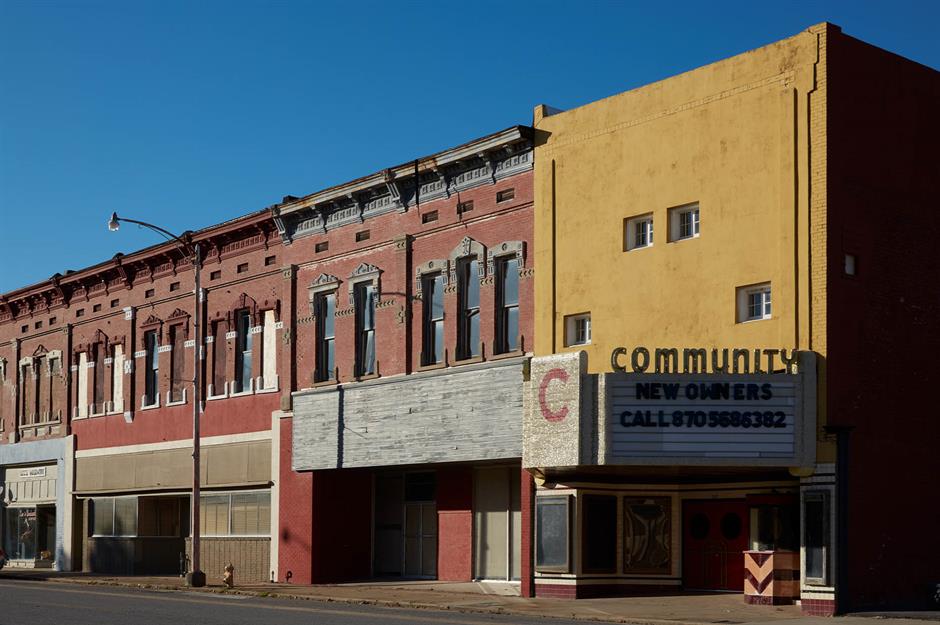
The US population has grown at its slowest-ever rate over the last decade according to the results of the 2020 Census, with the population of more than 70 metro areas decreasing.
So which towns and cities are losing the most residents and why? Read on to discover the top 10 American cities that have seen their population size shrink between 2010 to 2020.
Wheeling, West Virginia: population down 5.7%
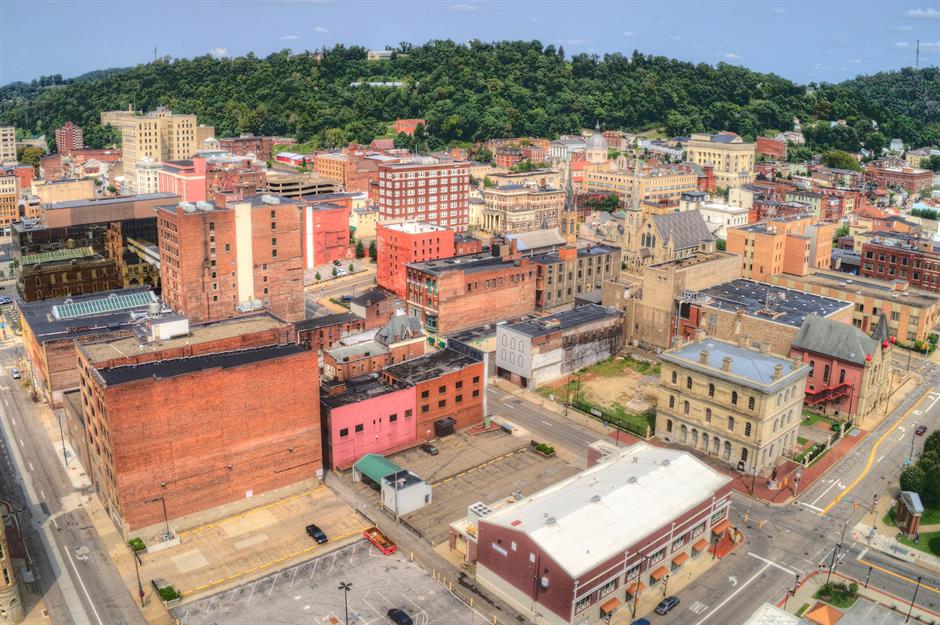
Located on the Ohio River by the foot of the Appalachian Mountains, the Wheeling metro area bloomed into a busy industrial center in the 1800s, particularly after the American Civil War.
The riverfront became home to iron and steel mills and Wheeling was known as the "nail capital of the world" due to its manufacturing of iron nails. By the end of the 19th century, it had become the richest city per capita in America.
Wheeling, West Virginia: population down 5.7%
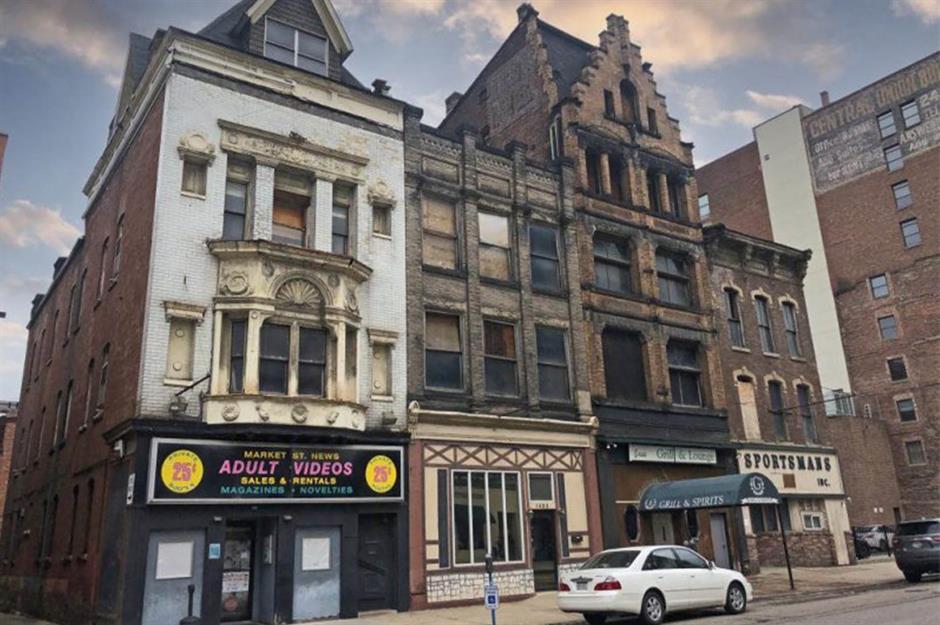
Wheeling reached its peak population of 61,659 by the time of the 1930 Census, and the figure has steadily declined to just over 27,000 by 2020. Industry has slowed down in the area: in 2010, Wheeling's LA Belle Cut Nail Works closed after 150 years of operation, while local steel mills shed 3,100 jobs.
The Wheeling metro area, which includes towns in neighboring state Ohio, was the 10th fastest shrinking, going from a population of 147,950 in 2010 to 139,513 in 2020.
Weirton, West Virginia-Steubenville, Ohio: population down 6.1%

North of Wheeling are Weirton (West Virginia) and Steubenville (Ohio), two cities that make up a metropolitan area divided by the Ohio River.
Much like their southern neighbor, these two cities once enjoyed great industrial success due to their location and became known for manufacturing a wide array of products and materials, including iron, steel, glass, pottery, and paper. For example, in its heyday the Weirton Steel Corporation was one of the world's largest producers of tin plate products.
Weirton, West Virginia-Steubenville, Ohio: population down 6.1%

The Weirton-Steubenville area had a population of 167,756 according to the 1960 Census, with the population gradually starting to decline thereafter, alongside much of the region's manufacturing.
Between 2010 and 2020, the number of residents in the area dropped from 124,450 to 116,900. Like many in the American steel industry, the Weirton Steel Corporation struggled to stay competitive through the late 20th century. The firm has changed ownership several times over the last 20 years and only a fraction of its original facilities are still in use (pictured), employing just under 900 people.
Farmington, New Mexico: population down 6.4%
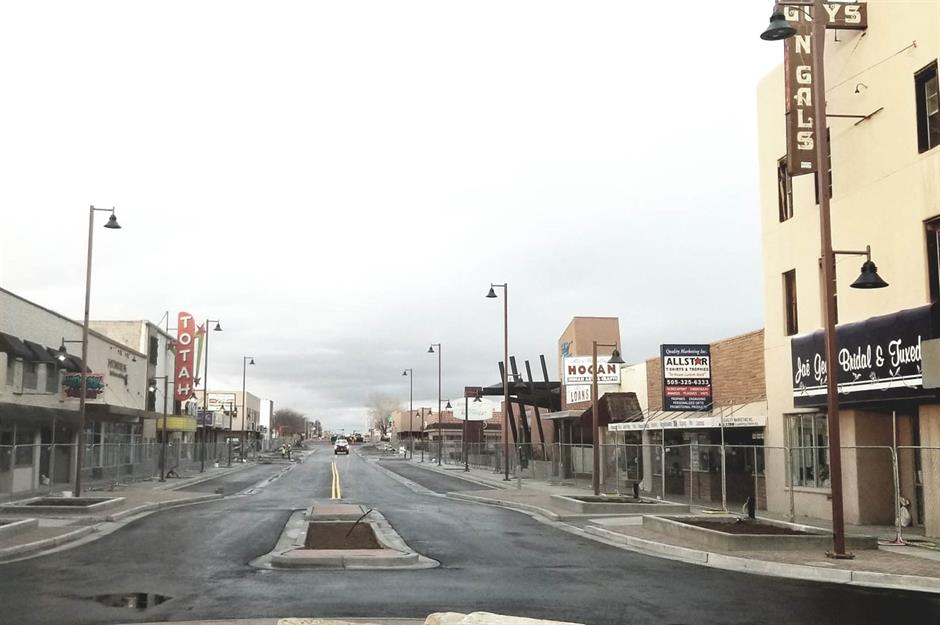
Farmington was incorporated in 1901, and what originally started out as a small settlement had flourished by the 1920s thanks to investment in natural gas and oil. This continued, with 1951 seeing construction completed on a gas pipeline that connected the region all the way to California.
While the metropolitan area did suffer through energy boom-and-bust periods during the 20th century, it continued to grow its fossil fuel industries, as well as its population, with people finding work in coal mines and the petroleum industry.
Farmington, New Mexico: population down 6.4%
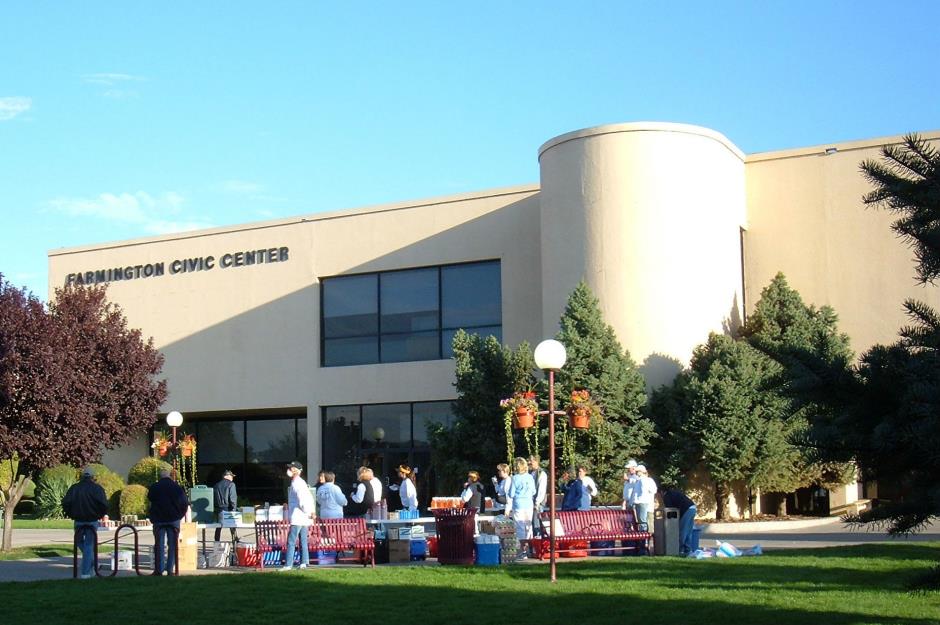
Things were going relatively well in Farmington until the 2008 recession, when declines in the oil and gas industry meant a drop in jobs that continued into the 2010s: 9,615 roles were lost between 2015 and 2020, according to stats compiled by USA Today. The local coal plants also struggled with decreases in demand.
Unemployment reached the unprecedented and unwelcome height of 13.1% by 2020, and people began moving away in droves. According to the 2020 Census, Farmington's Metropolitan Statistical Area's population stood at 121,661 – a 6.4% drop from 130,044 in 2010.
Charleston, West Virginia: population down 6.9%
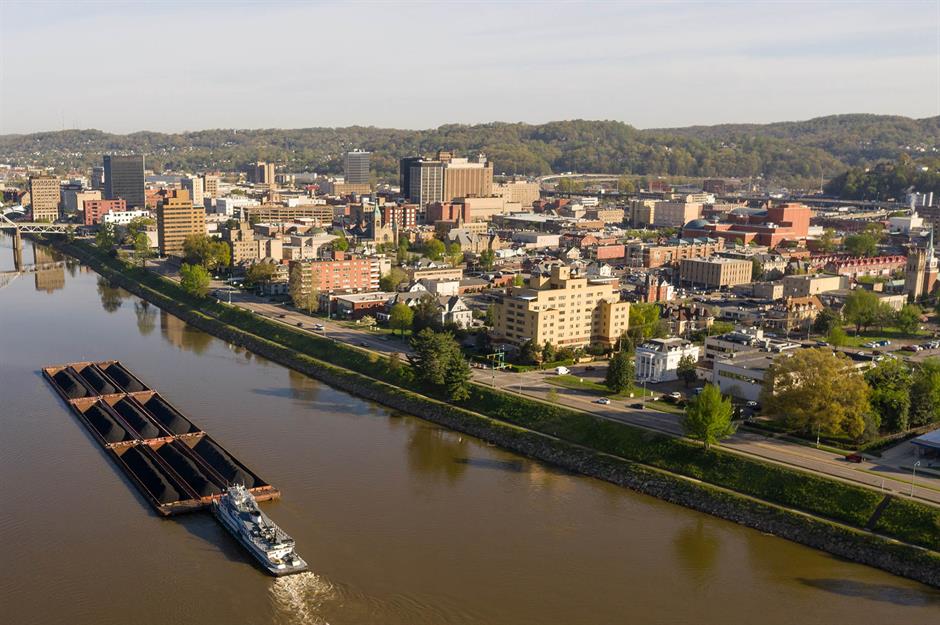
Founded all the way back in 1788, it wasn't until the 20th century that Charleston got to enjoy its most significant period of growth, thanks to a high demand for coal and natural gas.
This drew other industries to the area, including chemical, glass, and steel plants. With a strong economy, the city went through several building sprees, with churches, offices, and even an airport (Kanawha Airport, to be precise, now known as Yeager Airport) built before and after World War II. Life was good in the West Virginia capital, with the population reaching 85,796 by the time of the 1960 Census. However, things began to fall apart...
Charleston, West Virginia: population down 6.9%

The decline in coal has been a major source for job loss in the state of West Virginia, so it’s no surprise that Charleston makes the top 10 of shrinking cities.
As people left the state for jobs elsewhere, the Charleston region developed an unenviable combination of poorer socio-economic conditions and a higher crime rate (in fact, it has one of America's highest homicide rates as of 2020), which sent even more people packing. The region's 2010 population of 278,000 had dropped to 258,800 by 2020.
Decatur, Illinois: population down 7.1%
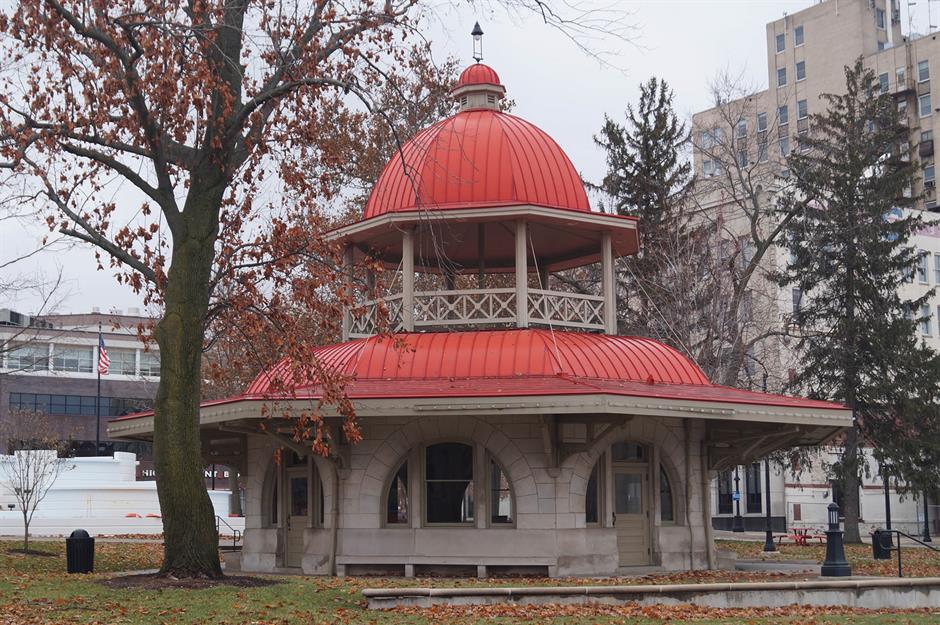
Decatur has long relied on agriculture and manufacturing to support its economy and provide jobs for its citizens. For much of the 20th century, the city was something of a boomtown. Huge organizations, including Firestone Tires and Caterpillar Inc., had plants in the region, while smaller companies supplied the automotive industries.
Decatur reached its peak population at the start of the 1980s, with 94,081 residents counted in the 1980 Census.
Decatur, Illinois: population down 7.1%
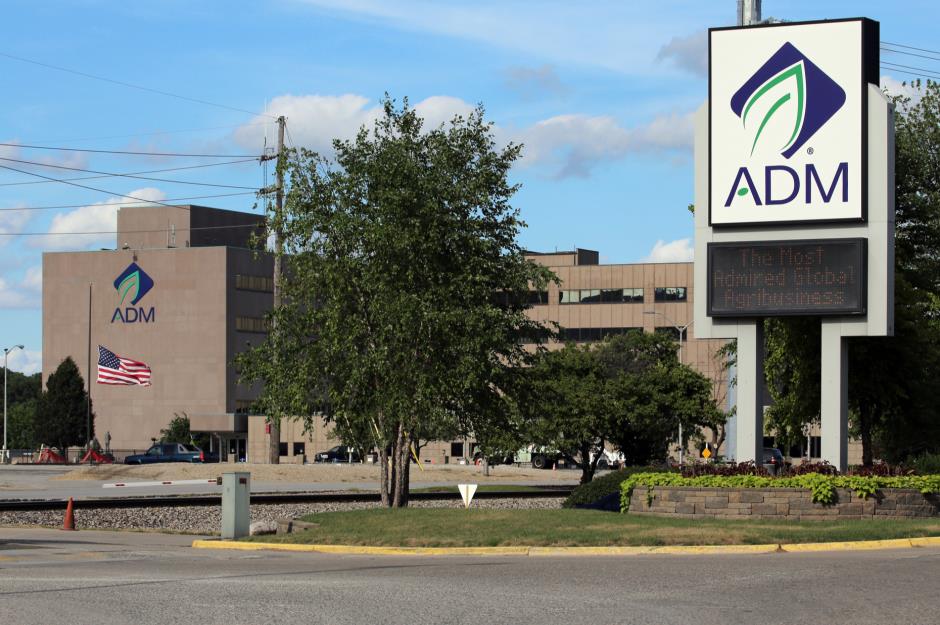
A rustbelt city, Decatur has struggled with declines in manufacturing over the last 30 years. More recently, it lost its place as the global headquarters of Archer Daniels Midland (ADM), a major agricultural business, which moved to Chicago in 2014. In addition, Meda Pharmaceuticals closed its plant in 2018, with around 90 jobs lost in the process.
ADM remains among the top employers in the region, and annouced plans in 2020 to open the "world's largest insect protein production site" in Decatur. The opening is tipped to create between 300 to 400 new jobs.
Johnstown, Pennsylvania: population down 7.1%

In the mid-1800s, the city of Johnstown thrived thanks to its role as a port on the Pennsylvania Main Line Canal. When the railroads came to the region, it became an even more vital and prosperous transport hub, especially with the local development of iron, coal, and steel production.
Johnstown's mills and mines attracted thousands of European immigrants to the region throughout the Industrial Revolution and into the late 19th century.
Johnstown, Pennsylvania: population down 7.1%
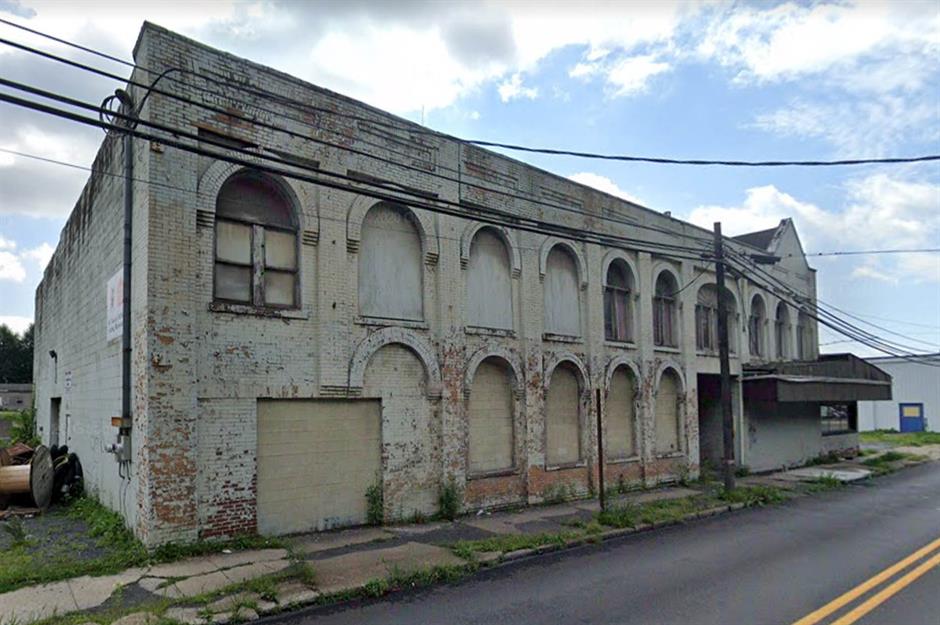
The population of Johnstown peaked in 1920 at 67,327, and has been declining ever since, with the city reporting just 23,906 residents at the start of the 21st century. But why?
Most of the steel mills had closed by the 1980s. An exciting prospect landed in the form of a wind turbine factory – the first in the US – which opened in 2006. However, it closed just eight years later. Over the last decade, the Johnstown metropolitan statistical area population has fallen from 143,680 to 133,470, and these reductions have had a significant impact. Between 2011 and 2015, economic activity reduced by 2.4% year and more than a third of the population lived below the poverty line.
Beckley, West Virginia: population down 7.9%
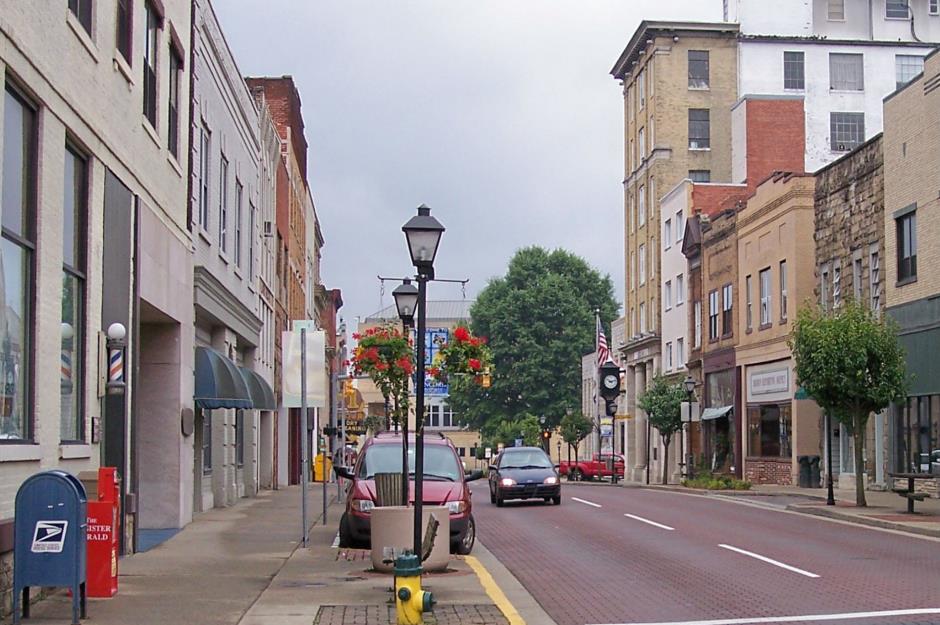
Beckley became a center for commerce thanks to coal mining developments in the region's mountains.
Between 1900 and 1910, the city grew from just 342 residents to 2,161, a huge 532% increase. It maintained this healthy growth over the following decades, reaching its highest population (20,492 citizens) in the 1980 Census. Much of Beckley's 20th-century prosperity is visible in its eight-block downtown, which is home to restaurants, shops, and other businesses.
Beckley, West Virginia: population down 7.9%
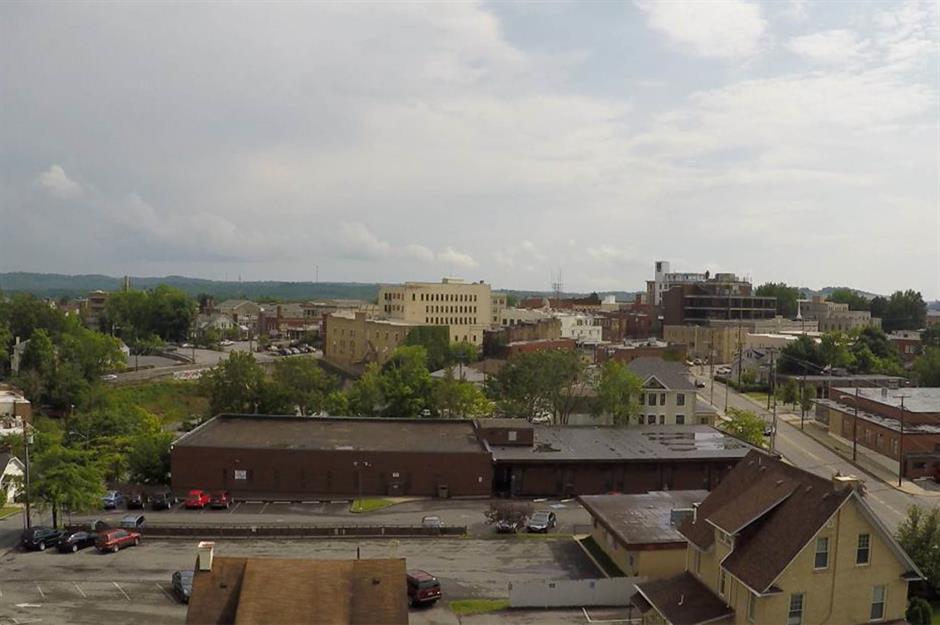
However, the end of the coal industry hit Beckley hard. June 2016 saw the production of coal across the US hit its lowest level since a strike in 1981, and as the jobs driedup in Beckley people began to head elsewhere. The region as a whole saw its population drop from 124,900 in 2010 to 115,000 in 2020.
Of the top 10 fastest-shrinking metropolitan regions, four are located in West Virginia. According to the 2020 Census, the state had the country's highest population loss, with a drop of 3.2% over the last decade. This cost West Virginia one of its congressional seats.
Danville, Illinois: population down 9.1%
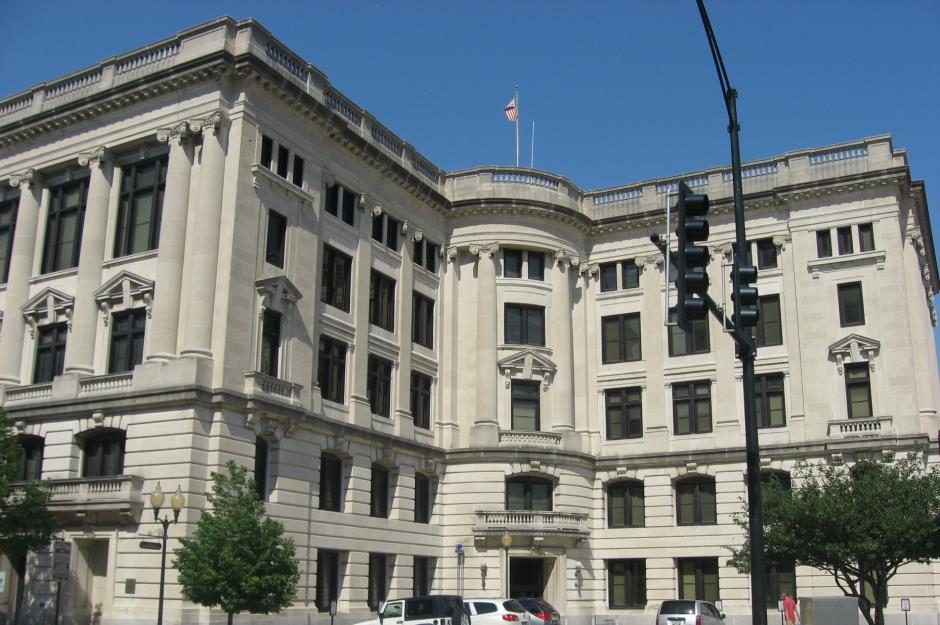
Founded in 1827, Danville became an economic powerhouse throughout the latter half of the 19th century and into the early 20th century. This growth was due to one reason that's all-too common among the shrinking cities of the US: coal.
At the start of the 20th century, manufacturers were drawn to Danville, with General Electric, General Motors, and Bohn Aluminum all opening factories in the area. The city's population effectively doubled between 1900 and 1920.
Danville, Illinois: population down 9.1%
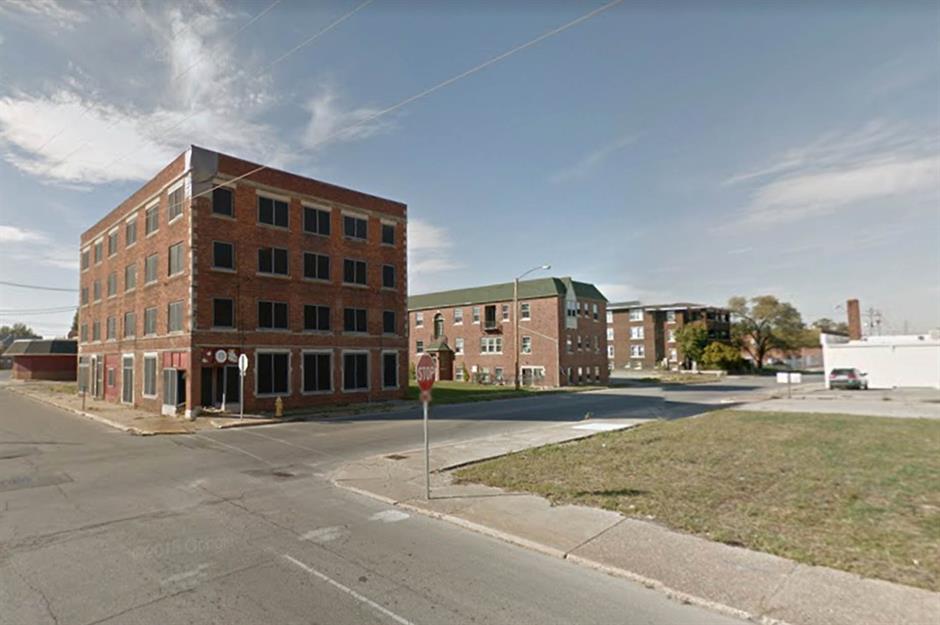
By the 1960s, coal mines across the Danville area had started to close. Manufacturers also began to leave, as did many of the people in the area.
Over the last 10 years, Danville's unemployment rate has typically been higher than the national average, with the impact of COVID-19 seeing it reach an unprecedented 17% in April 2020. The population continues to see rapid reduction: in 2010, Danville's metropolitan statistical area was home to 81,625 people, compared to 74,188 by 2020.
Pine Bluff, Arkansas: population down 12.5%
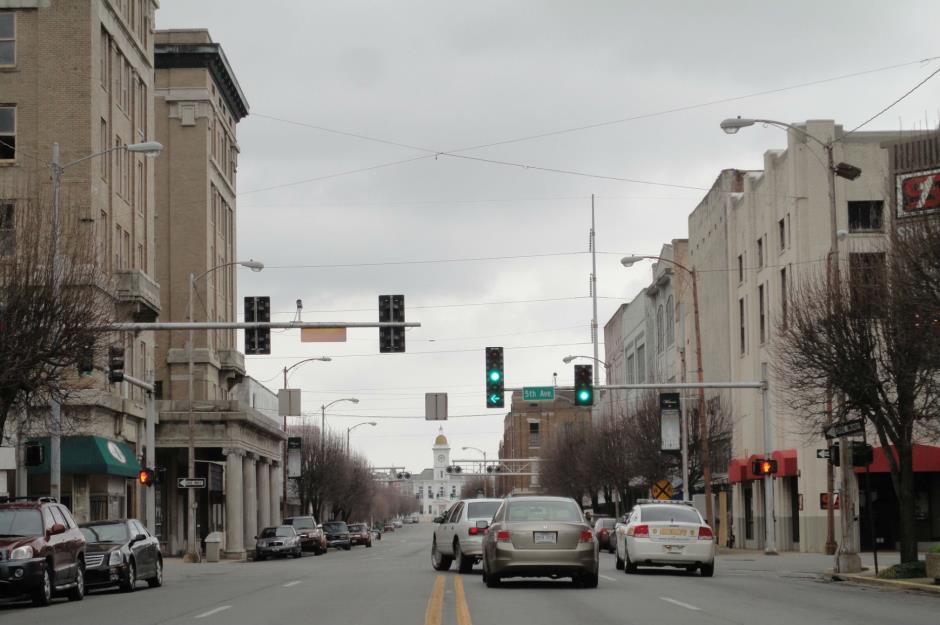
Prior to the American Civil War, Pine Bluff had been a small port town on the Arkansas River, which benefited economically from cotton and other local crops.
Even after the war, agriculture and river transport remained vital to the region throughout the reconstruction era. A lucrative lumber industry developed in the 1880s and the decade marked the start of Pine Bluff's golden era. By 1890, it had became the third-largest city in Arkansas and the population continued to grow steadily for another 100 years.
Pine Bluff, Arkansas: population down 12.5%
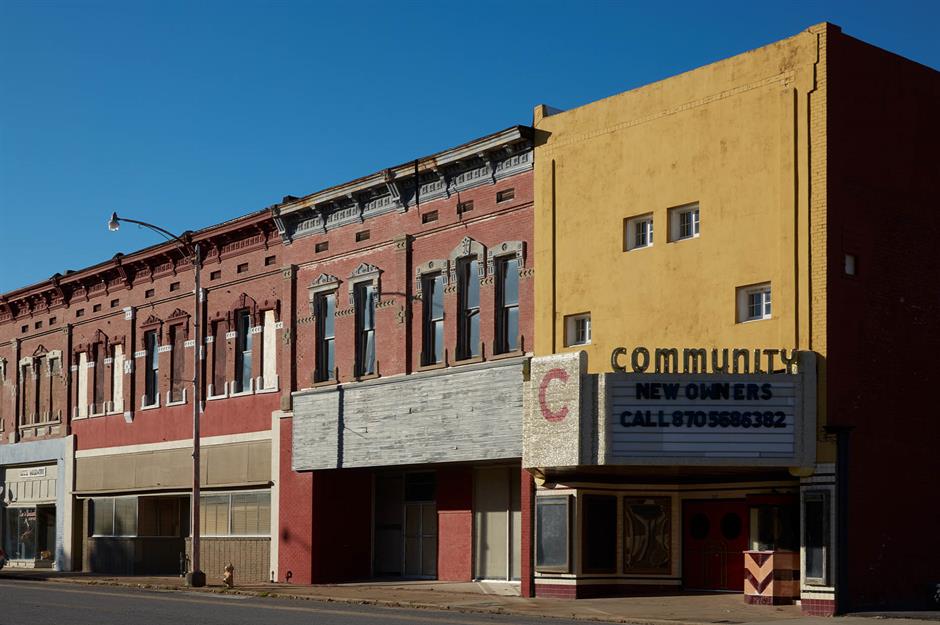
In sharp contrast, Pine Bluff is now the fastest-shrinking metro area in the United States. In 2010, the region's population topped 100,000 but, according to the 2020 Census data, it's now down to 87,750.
This once prosperous city has only really seen its population dip since 2000, and people have started leaving in significant numbers. With a decline in agriculture and manufacturing jobs, the city's tax base has begun to shrink as well. Pine Bluff's mayor Shirley Washington claims that many people are leaving for better job and education opportunities, and are also put off by the area's high crime levels.
Now discover the inside story of some of the world's most famous abandoned factories
Comments
Do you want to comment on this article? You need to be signed in for this feature